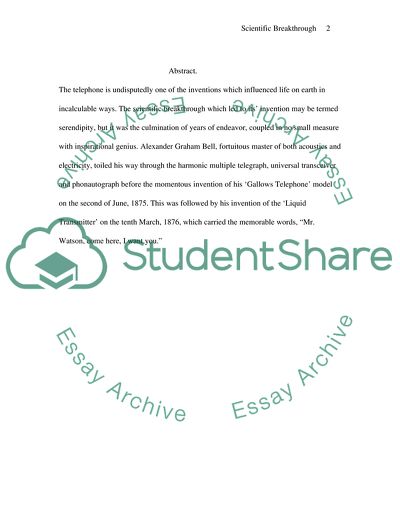Cite this document
(Scientific Breakthrough: The Telephone Term Paper, n.d.)
Scientific Breakthrough: The Telephone Term Paper. https://studentshare.org/science/1705459-scientific-breakthrough
Scientific Breakthrough: The Telephone Term Paper. https://studentshare.org/science/1705459-scientific-breakthrough
(Scientific Breakthrough: The Telephone Term Paper)
Scientific Breakthrough: The Telephone Term Paper. https://studentshare.org/science/1705459-scientific-breakthrough.
Scientific Breakthrough: The Telephone Term Paper. https://studentshare.org/science/1705459-scientific-breakthrough.
“Scientific Breakthrough: The Telephone Term Paper”. https://studentshare.org/science/1705459-scientific-breakthrough.


